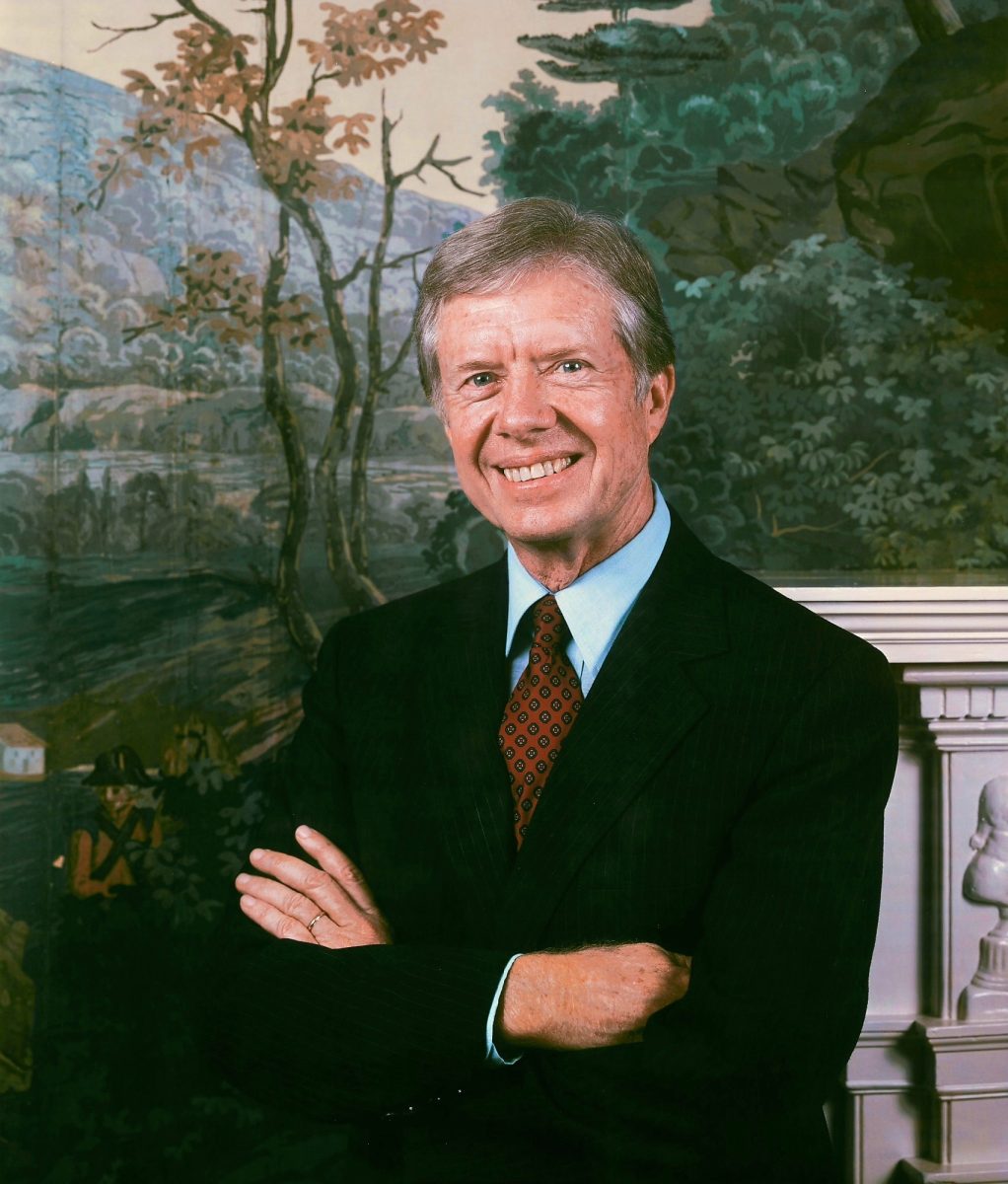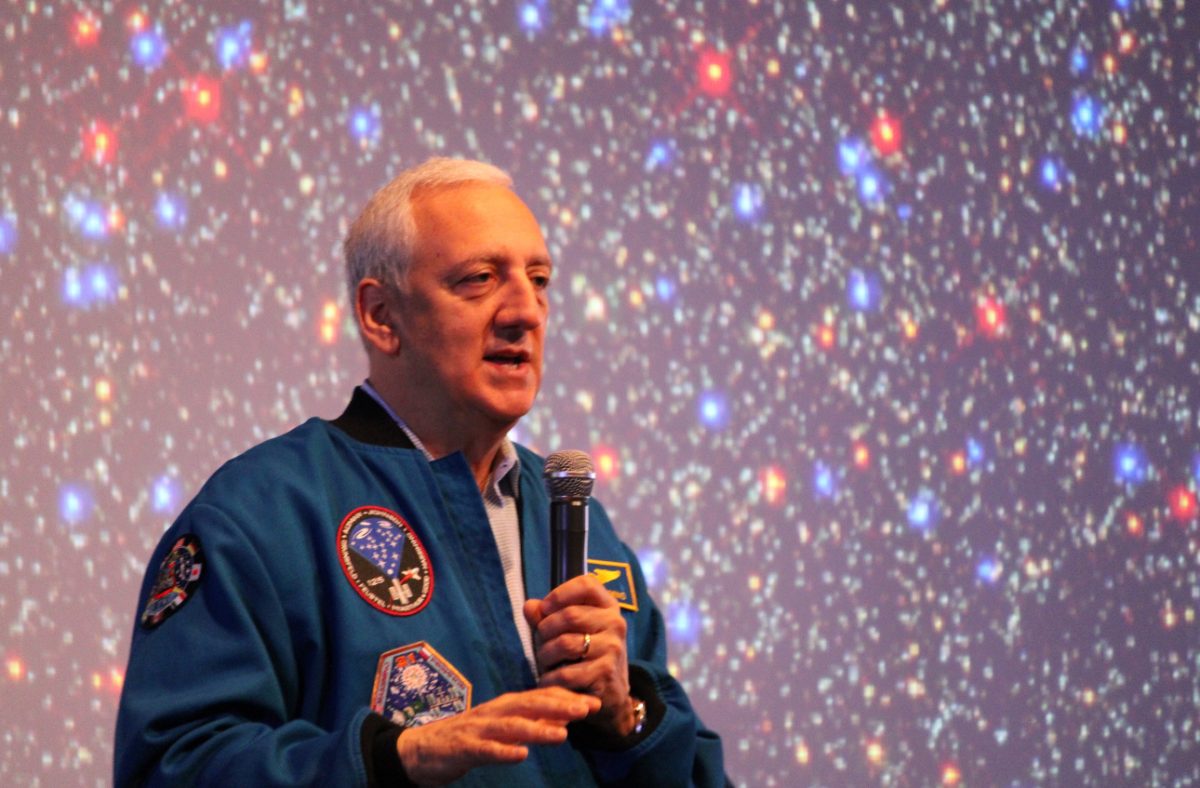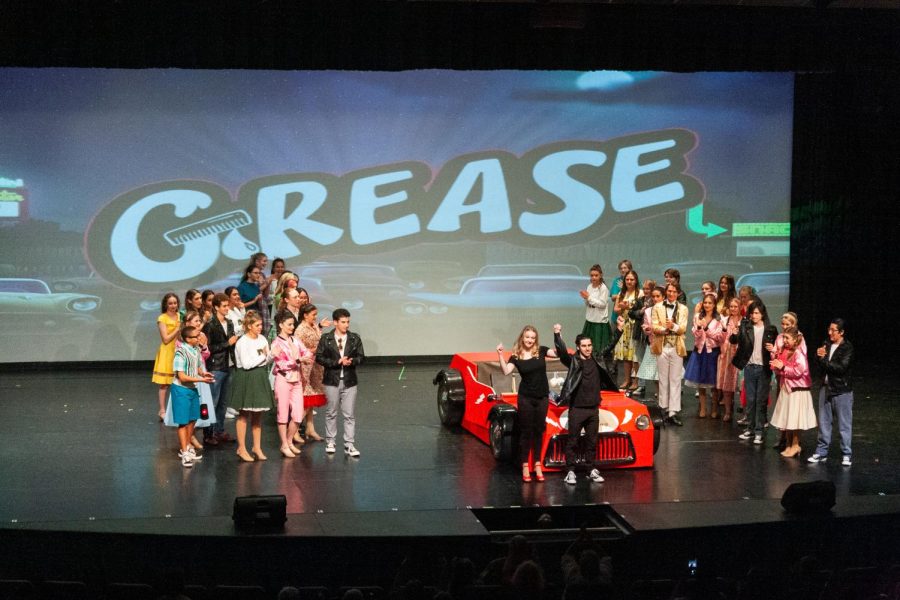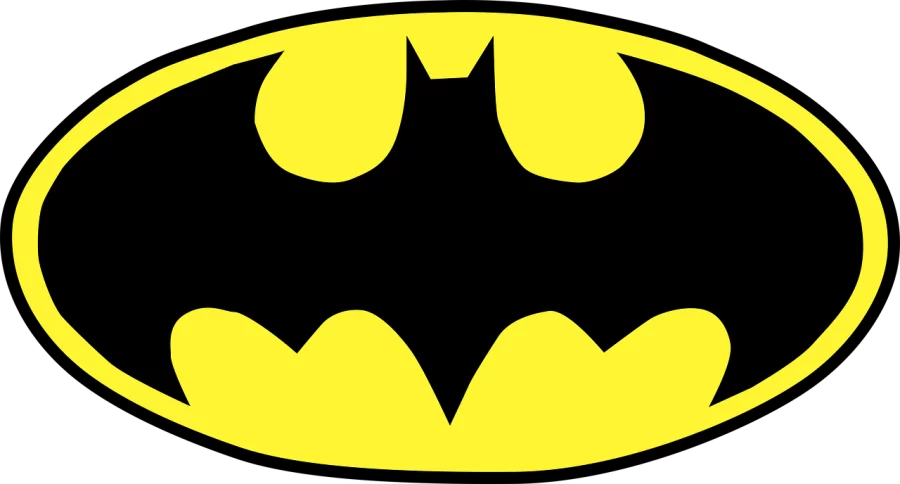Oppenheimer, Barbie, and a Snowboard
Oppenheimer opens with a dramatic taste of what is to come: the eerie visuals of an explosion as particles bounce, haunting sounds playing, and a quote invoking Prometheus, who in mythology attained the power of a god and was punished for all of eternity as a result, all foreshadow what is to come for the brilliant scientist. Because a majority of the audience knows that Oppenheimer will finish the bomb, this immediately sets the stakes not on whether the bomb will be complete, but whether Oppenheimer will face devastating consequences. What will his punishment be?
Barbie opens with a narration and a sequence parodying 2001 A Space Odyssey, comically overstating the value of Barbie dolls in building a gender-equal society as people hold the Barbie dolls to a strange unexplained obelisk before cutting away to the opening montage of Stereotypical Barbie. The opening narration, while satirical, immediately sets up the central message of the movie, which explores ways in which society still facilitates gender inequality. Despite all this, the movie manages to maintain a lighthearted tone.
These movies could not be more different, so it is no surprise that their simultaneous release resulted in an eruption of memes and discussions comparing the two of them, as well as the seemingly inevitable question: “What’s better, Oppenheimer or Barbie?” Such a question cannot come down to a simple comparison of their filmmaking, as the movies are so radically different in every single way. To decide which film is better would require asking: “Which do you prefer, a political drama or a political satire?” The movies seem impossible to compare at first, as both of the movies succeed in different ways on their own merits.
Oppenheimer:

Oppenheimer is miraculous. When I first heard that the movie was three hours long, I expected this gargantuan film to be as slowly paced as the production of the Avatar series. Yet somehow the pacing of this film is snappy and never lingers on anything. Every moment is calculated and necessary to further the story. The cuts happen so suddenly and scenes shift in such a manner that the tension is always kept up.
Considering Christopher Nolan’s track record of ridiculously confusing plotlines, I expected this movie to completely lose me as soon as the plot picked up. However, even though the nonchronological story constantly shifts between color and black and white, the manner in which it is conveyed and framed makes it really easy to digest. Parts of the movie is framed from the perspective of the titular Oppenheimer while others are framed from the perspective of his political rival Lewis Strauss. There is also an in-universe reason that the film is jumping between time periods. When flashbacks pop up to prove or refute the other’s points in the battle at the hearing between Oppenheimer and Strauss, an intense dynamic is created, as the jumps between time periods keep the tension up.
On a technical level, the film is masterful. The sound design is frighteningly realistic and is mixed up in certain scenes to make them absolute standouts. For example, the scene when Oppenheimer gives a public speech about the success of the bomb would hit nowhere near as hard if not for the way the sound of applause mixed together with screeching to make it frightening. The score is haunting and always provides an excellent set of dread even as there are seemingly triumphant moments, mimicking the permanent black hole in the reality of the world that is created as a result of the development of the nuclear bomb. Trinity may succeed, but the world will never be the same.
Nolan definitely used his influence in the industry to his full advantage, as he managed to get a cast of A-list actors all bringing their all into the roles. Cillian Murphy’s lead performance managed to capture every nuance of Oppenheimer’s character. Oppenheimer is a paradoxical character: motivated by the progress of science but also fearful of it, egotistical yet regretful, and constantly questioning whether he succeeded or failed. This is not even taking into account the audience that is meant to question Oppenheimer. Some characters make negative judgments of Oppenheimer, but these are not contradicted by the movie. People are encouraged to watch the movie and have different interpretations of Oppenheimer’s true nature. Additionally, Cillian Murphy manages to have an expressive yet enigmatic nature that compliments nearly every interpretation you could have.
Other actors bring their A Game too. Robert Downey Jr. returns from his “semi-retirement” to deliver a performance so captivating that even I didn’t recognize him until about an hour into the movie. The amount of talented individuals who appear in minor roles is also amazing. Despite their limited screen time, world-renowned actors such as Florence Puggh and Emily Blunt play Oppenheimer’s love interests.
Nearly everything in this movie is executed masterfully and it is a film I continue to think about even months after I have seen it.
Barbie:

Barbie rocketed its way into the billion-dollar club, which is a feat considering how complicated it is to discuss.
Like Oppenheimer, Barbie is a technical wonder, though for completely different reasons. Whereas Oppenheimer thrived due to its sound design and editing, Barbie’s success lies in its spectacular set design and the sheer creativity of its set pieces. In an industry so dominated by green screens, seeing an actual Barbie city built along with charmingly unrealistic effects was a breath of fresh air. The sets were so elaborate that the movie ended up causing a global shortage of pink paint! Seeing the transition between the Barbie world and the real world was hilarious, and the fact they made a genuinely good villain song is astounding.
Barbie’s biggest strength is surprisingly similar to Oppenheimer’s. Much like Nolan’s historical drama, Barbie is a movie that very clearly draws a line between its two main characters and presents them as two sides of the same coin. However, being a satirical comedy, these roles are heavily exaggerated. Shockingly, despite its hyperbole, Barbie executes the character arcs of Barbie and Ken excellently. Both of the characters learn and grow to accept themselves for who they are within an unfair society, but both do so from opposite ends of the spectrum. The final confrontation between Barbie and Ken at the climax was really well done and had surprisingly good acting considering the subject matter.
The movie was also really funny. Some of the humor is derived from the nonsensical nature of the plot and their not even bothering to lampshade it, loudly proclaiming to not worry about the inconsistencies. Other jokes are just proclaiming things with such a lack of subtlety that it almost descends into shock humor, such as with the narration during Ken’s ending, which is in my opinion the best joke in the movie. It is a joke some people might be upset with, but the nature of the joke makes it so that the initial reaction to the joke exposes a flawed mindset.
However, although Barbie does many things well, there is one aspect of the movie that I believe holds it back. To illustrate that, I’m going to compare it to Oppenheimer. Although the two movies are different in nearly every way, there is a reason why, based on individual scenes, I think Oppenheimer manages to succeed more than Barbie does on an analytical level. But first, I’m going to bring up a show that is completely separate from these two other films, which may seem even more disconnected from these cosmically separated movies. This might seem unrelated, but there is a larger point here.
A Quick Detour:
The Super Mario Bros Super Show was a 1989 low-budget cartoon series chronicling Mario and Luigi going on such weird adventures you would think they were written by a surrealist. In the 29th episode, “Koopa Klaus,” Toad receives a snowboard from Princess Peach as a gift for Christmas. Toad is incredibly happy to get this present, but the episode makes it clear that the true meaning of Christmas is about giving, not getting. At the end of the episode, Bowser has buried Santa’s sleigh under a pile of snow, making it so Santa cannot go and deliver presents to the children around the world. All is lost! But then Toad decides to give into the spirit of Christmas and give his snowboard to Santa, so at least one child could have a present. It is at that moment that a radiant light extends from the snowboard as Peach exclaims:
“Look! The true magic of Christmas is melting all of the snow!”
This enables Santa to go and deliver presents to the kids, and they all live happily ever after. I distinctly remember watching this episode when I was little and it was the first time I looked at a moment in a show or movie and said “That makes zero sense!” Ever since then, whenever there is a moment in a story where a theme is made to arbitrarily fit in and solve the plot like a deus ex machina, I call it a “Toad’s Snowboard moment.”
The Barbie movie contains the single biggest “Toad’s Snowboard” moment I have ever seen since the original. Without major spoilers, this moment comes at the “all is lost” moment when a character goes and monologues the theme of the movie, and suddenly everything is better. Of course, Barbie is meant to be absurdist, and the way this scene makes no sense is intended to be a commentary on how the standards of real life make no sense. But that is an excuse so many writers choose to use. “It’s supposed to be ______” is rarely ever an excuse for a story being _____. What is really unfortunate about this moment though is that the movie didn’t need it. Until this moment Barbie actually presented its themes in an effective way. That’s where Oppenheimer comes in.
Barbie Vs. Oppenheimer:
Neither Barbie nor Oppenheimer is subtle in the slightest with their themes. Plenty of people pester Barbie for being “too on the nose” with its subject matter, but themes are rarely presented subtly. Oppenheimer makes it very clear what message it is trying to communicate about power and playing God, it is not subtle in the slightest. Yet Oppenheimer very rarely receives this same criticism.
Despite being just as “on the nose” as Barbie, Oppenheimer weaves its themes throughout the scenes and builds to reveals. It grounds all discussions about themes within the context of Oppenheimer’s character arc and his struggles both against Strauss and with his own inner conflicts. Between scenes like the speech scene and his final conversation with Einstein, people can easily figure out what the point is. The story is so well crafted that it can tell the audience without telling them. It has faith in its own narrative to do the talking.
Barbie, meanwhile, presents Barbie society as an obvious parallel to real life, although both with reversed roles and absurd exaggerations. Through the arcs of both Barbie and Ken, we get a really good sense of the themes of self-identity and moving past gendered constructs. However, the script does not have faith in its story to communicate this through its own narrative. As a result, the script goes and inserts moments outside the narrative talking to the audience more than to the characters in the movie. This creates the “Toad’s Snowboard” moment. These moments are mostly created through the addition of a mother and daughter who accompany Barbie on her journeys, and whenever these two speak it is always about trying to tie the conflicts of the story to a message about the real world. But the very obvious parallels already do this. Anyone with two functioning brain cells could figure out the irony of Barbie society and the takeaways you can have whether you are a woman or a man. Subtlety is not the issue, presentation is.
So while these two films are completely different, they share a commonality all stories do: they have something to say. In that sense, Oppenheimer has a far more seamless inclusion whereas Barbie undermines its well-structured story for the sake of really making sure you understood what was already obvious.
































![Stranger Things 4: What to Expect [Warning: Contains Spoilers]](https://pcpawprint.com/wp-content/uploads/2021/11/StrangerThings4-900x473.jpeg)




























































